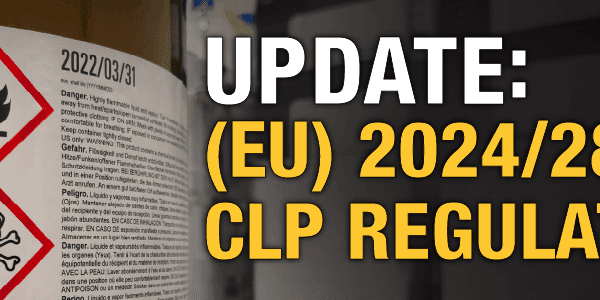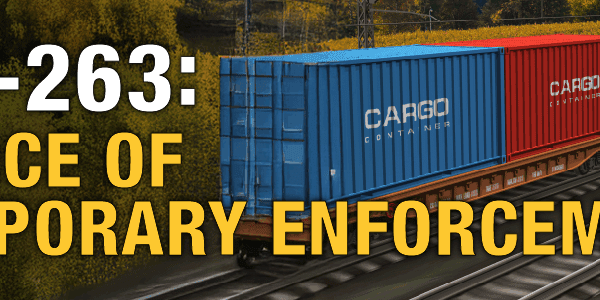Many dangerous goods shippers in the United States are finding themselves using new software to complete their IATA shipper’s declaration for air shipments. A new operator variation for Federal Express (FX-18) requires shipper’s declarations be completed using an approved error checking software.
Most of these programs have rules built in to them that force the user to complete specific areas of the declaration with limited options, sometimes based on previous choices. the options given will always be ones that are authorized by the regulations, but the user must still consider their specific product when making choices. Just because the regulations (and software) allow something, doesn’t make it the best choice.
For example, when shipping hydrochloric acid, PG III on cargo aircraft, you must use IATA packing instruction 856. The packing instruction allows the use of metal single packagings. An error checking software will allow a declaration to show metal drums, but it will not, in most cases, alert the shipper that the metal drum must be corrosion resistant, as specified in the packing instruction.
If you find yourself using a new software system to complete your declarations, make sure you know the limitations of the program and make sure that you understand how to use the regulations. Error checking is not the same thing as fully automated!






 ICC USA
ICC USA ICC Canada
ICC Canada
I totally agree. Error checking software does check inner and outer max.weight of the package and other UN information like UN #, pG, PI etc. But in most of the cases, it is upto the shipper to classify the materials, has right training,and fill in right information for shippers declaration, proper Markings, labeling. There are some some software in the market, fully automated, checks compliance, training status and prepare shipping paperwork and packaging instructions etc. More than the automated software, discipline and culture is most important when you deal with transportation of DG materials.